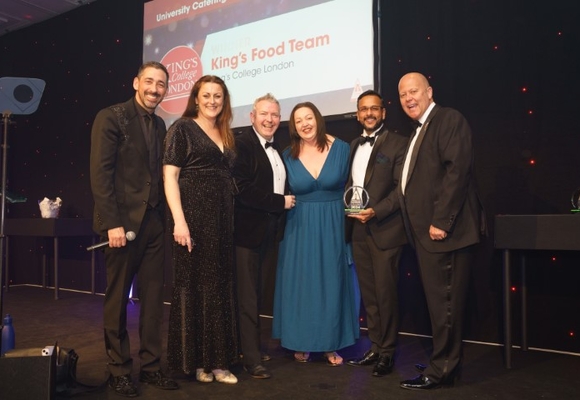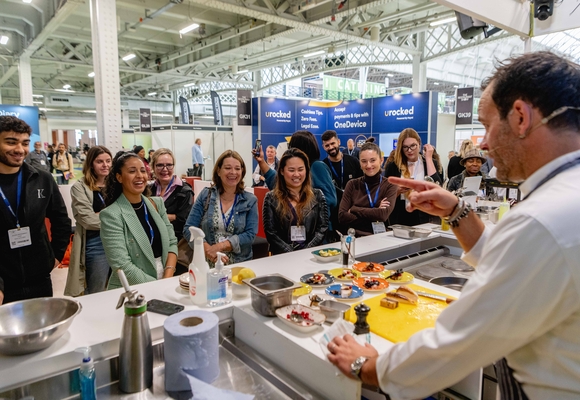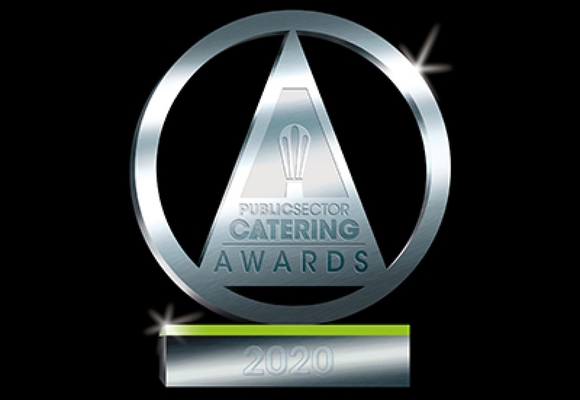Average food basket down by 0.1% amid fierce supermarket competition.
Food prices dropped in the UK in September for the first month in almost two years, according to retail industry figures, offering consumers some respite amid the cost of living crisis.
The British Retail Consortium (BRC) said price reductions for dairy, margarine, fish and vegetables and fierce supermarket competition helped to bring down the cost of an average food basket by 0.1% compared with the previous month.
Indicating a peak for soaraway food price inflation, it said this marked the first monthly drop since July 2021. However, the price of many kitchen staples continues to rise, while overall food prices are still 9.9% higher than a year ago.
The BRC said last month’s fall in average food prices helped to bring down overall shop price inflation to 6.2% in September, down from 6.9% in August – the lowest annual rate since September 2022.
It said households buying supermarket own-brand food items would have seen cheaper prices last month compared with the offers available in August, while there were also price cuts for school uniforms and other back-to-school essentials.
The figures were released in the aftermath of the Bank of England pausing its most aggressive round of interest rate increases in decades, leaving borrowing costs unchanged in September after official inflation figures showed an unexpected decline.
The UK’s annual inflation rate fell to 6.7% in August from 6.8% a month earlier, according to the Office for National Statistics. The Bank and the chancellor, Jeremy Hunt, had expected a modest rise driven by soaring petrol and diesel prices.
Food prices have soared since the Russian invasion of Ukraine triggered a surge in energy prices, pushing up the cost of producing and transporting groceries. The war also disrupted supplies of fertiliser, grains and other agricultural commodities to the rest of the world.
Official figures show UK food and non-alcoholic drink inflation peaked at 19.1% in March, the fastest annual rate since 1977. The measure has eased in recent months, though it remained historically high at 13.6% in August, while food prices are still at elevated levels.
Helen Dickinson, the chief executive of the BRC, said retailers expected to see a continued deceleration in the rate of shop price inflation over the rest of the year. “However, there are still many risks to this trend – high interest rates, climbing oil prices, global shortages of sugar, as well as the supply chain disruption from the war in Ukraine.
“Retailers will continue to do all they can to support their customers and bring prices down, especially as households face being squeezed by higher energy and mortgage bills.”
“Grocery spending tapered off over the summer, thanks to the long-awaited drop in food price inflation,” Esme Harwood, a director at Barclays, said. “Worryingly, the growth sped up again in September, which could be an early warning sign that food prices may not come down as quickly as we’d hoped.”
Three-quarters of consumers say they are aware of shrinkflation, in which supermarkets maintain or raise prices on products on which they have reduced the size or weight, and 68% said chains should label such items.
Pubs and bars received a welcome fillip from the start of the Rugby World Cup, which this weekend enters the quarter-final stages featuring England, Ireland and Wales, with spend up by 6.1% last month. In August, before the start of the World Cup, spend rose 2.8%.






